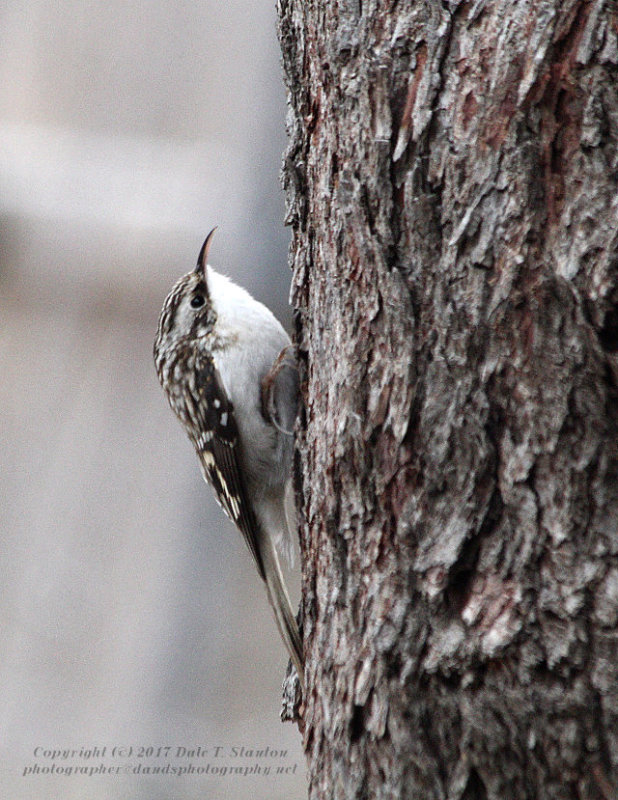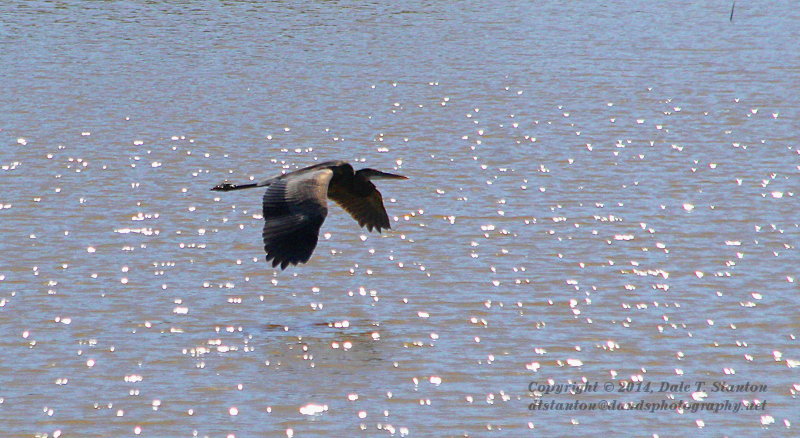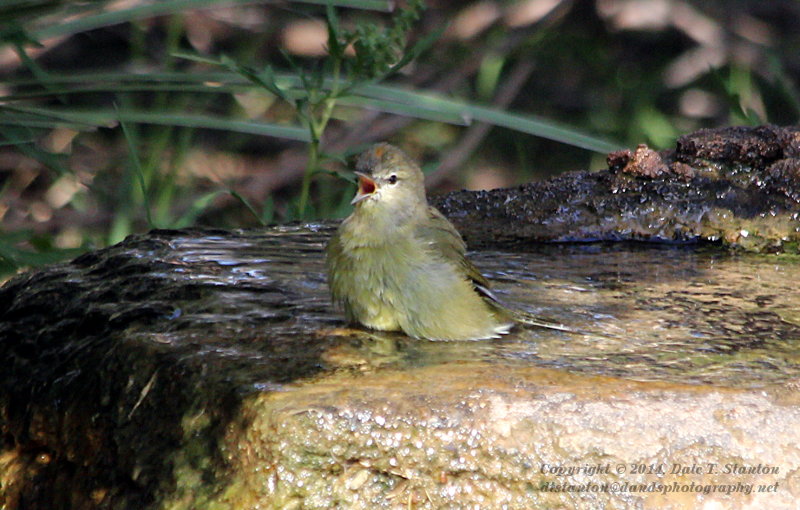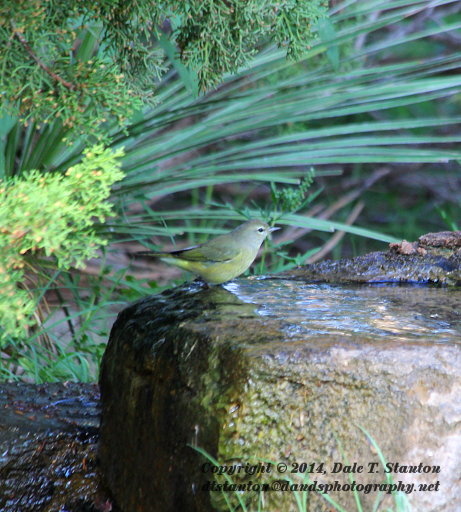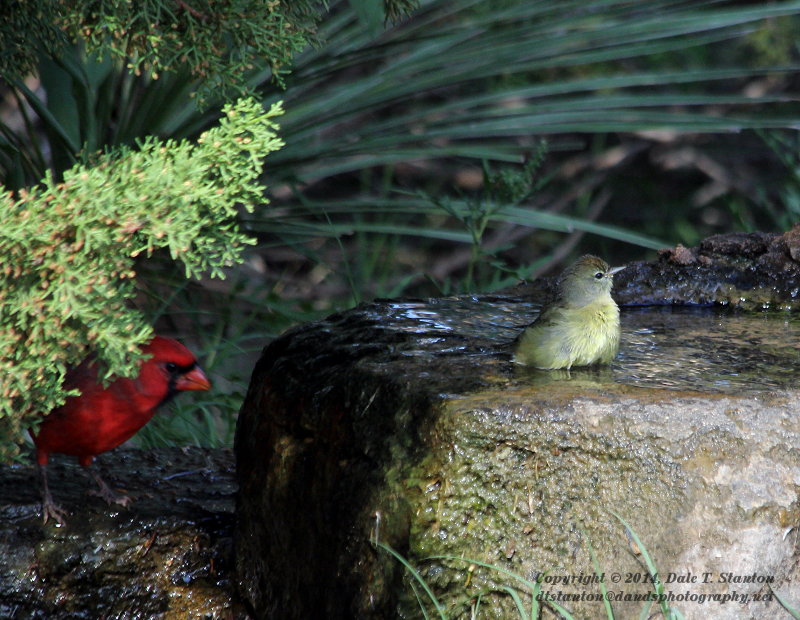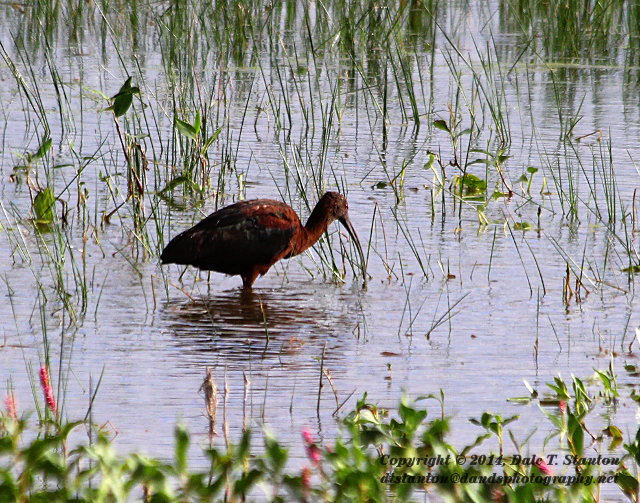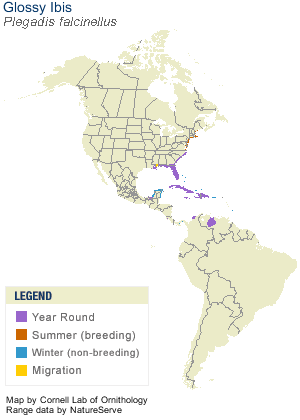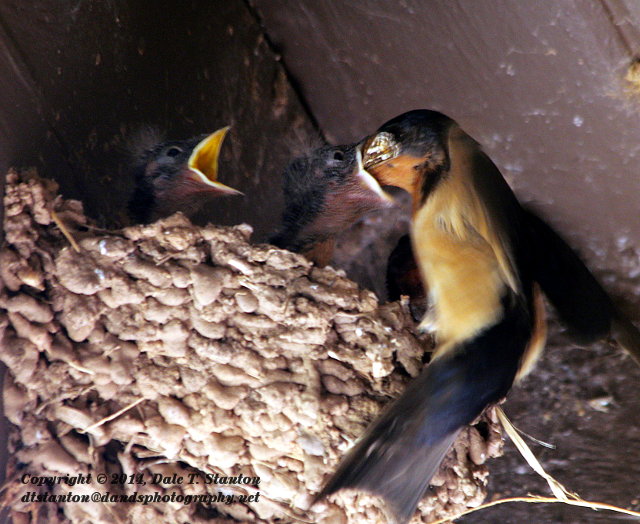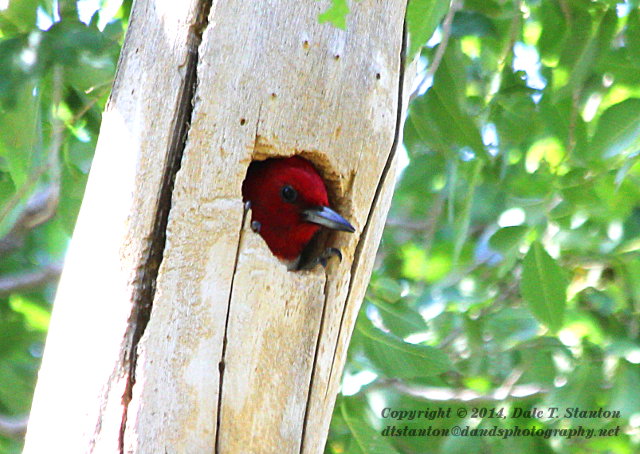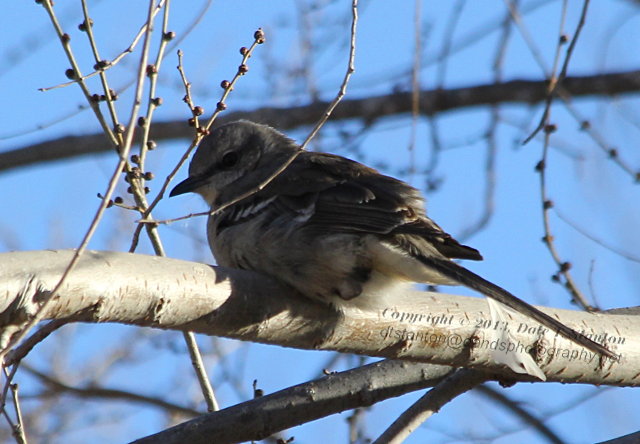On Christmas Day, we headed out to see if we could snag some shots of some birds. It's been a while since we went out for that reason, so we were about due. On the way to Palo Duro Canyon, we stopped off at a couple of places to see what we could see.
Adjacent to a park at the edge of civilization, there is a field. This field seems to be a popular hunting ground for American Kestrels - the most colorful member of the falcon family. As we went along the perimeter, on an aerial TV cable we saw one patiently watching for an entree. We managed to get some decent shots before his comfort level went off scale and he left.
 |
| (American Kestrel) |
 |
| (American Kestrel) |
These little falcons are about the size of a blue jay. Click on the label below to find out more about them.
------------
The Mountain Bluebird is a first for me. I've only had peripheral glimpses of them before this outing. On the ridge of Palo Duro Canyon, in the evergreen bushes, were 5 or 6 of these gorgeous birds. The panhandle appears to be in the Winter range of these little fellas. They do not nest here. They eat ants, beetles, and an assortment of other insects. They swoop down from their perches to grab whatever dish presents itself.
 |
| (Mountain Bluebird) |
-----------
The Brown Thrasher is a fairly timid little guy, and will dart in and out of the brush - much like the Spotted Towhee. Like most other thrashers, the Brown prefers running or hopping to flying.
The Brown Thrasher eats insects (loves beetles), worms, grains, nuts,
berries, and fruit. Its numbers are said to be declining - possibly due
to the fragmentation of large, wooded habitat that it needs.
 |
| (Brown Thrasher) |
-Dale



